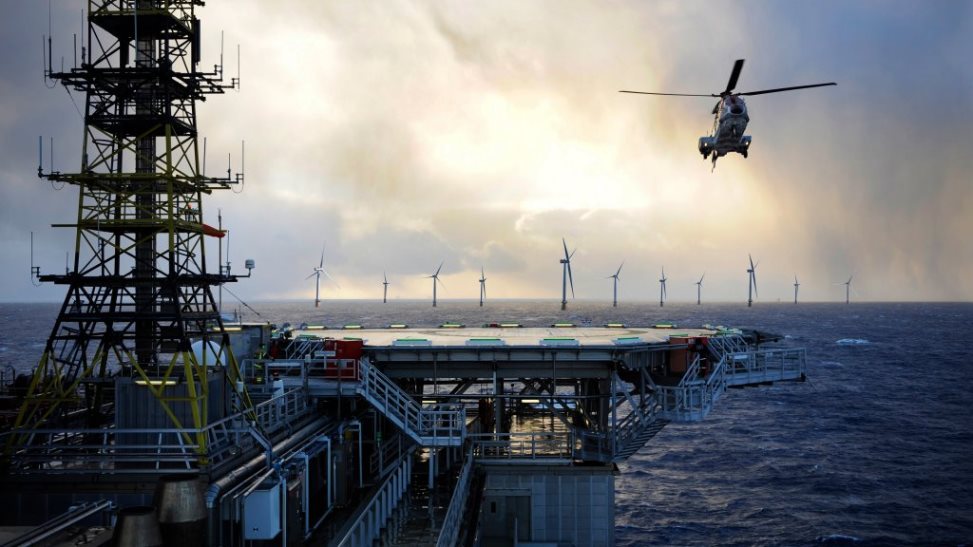Norwegian energy company Equinor has selected Gulen Industrial Harbour in Sogn og Fjordane county for the assembly of turbines at Hywind Tampen floating wind farm, to be located in the North Sea.

Image: Illustration of the Hywind Tampen project. Photo: Courtesy of Equinor ASA.
Equinor stated that it still needs to take final investment decision for the Hywind Tampen wind farm and work will not commence until that time.
As per the company, the Hywind Tampen could become the first project where power generated from floating turbines will be supplied to oil and gas installations. This can reduce CO2 emissions from five of its oil and gas platforms at the Snorre and Gullfaks fields to the tune of more than 200,000 tonnes per year.
These five platforms include Snorre A and B, and Gullfaks A, B and C platforms. This floating wind farm is expected to be powered by 11 of 8MW turbines and will have a total capacity of 88MW. This will be enough to meet nearly 35% of the annual power demand at the five platforms.
Equinor project director Olav-Bernt Haga said: “Equinor on behalf of the partners, have awarded a contract to Wergeland Base in Gulen Industrial Harbour in Sogn og Fjordane based on assessments of i.a. topographic suitability, safety as well as technical and commercial conditions.”
As part of the present contract, the contractor will offer onshore and inshore areas for storage, assembly and commissioning of all the components for the floating wind turbines, along with the required infrastructure and facilities during the project period.
The floating wind turbines will be towed to the field where they will be anchored, connected and put into operation.
Haga continued saying: “This is a challenging project requiring optimal technical solutions and further cost reductions before the partners can make an investment decision.”
In August 2018, the Norwegian company proposed the project to reduce CO2 emissions from the use of gas turbines to power oil and gas platforms in the North Sea.
When the company proposed this project, it estimated that this project could cost nearly NOK5bn ($588.15m). The industry’s NOx fund had agreed to provide up to NOK566m ($66.6m) investment for the project.
